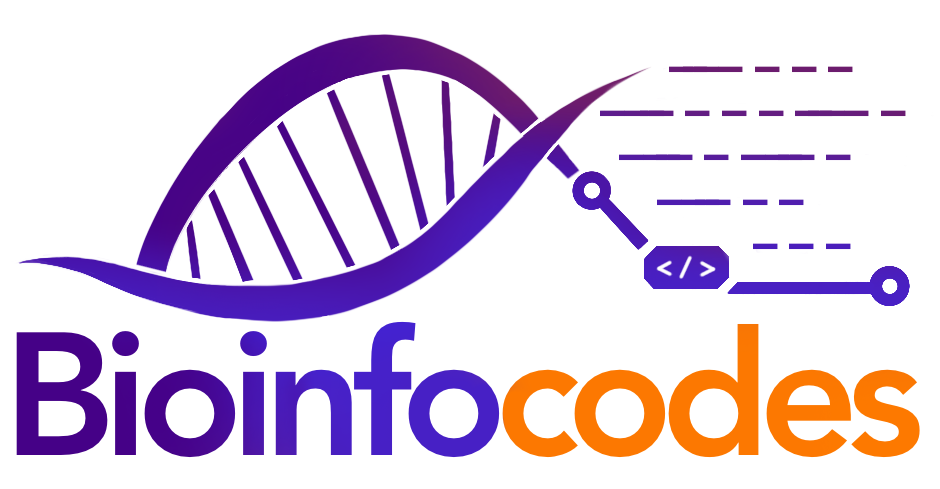FOXP3 is a critical transcription factor involved in the development of regulatory T (Treg) cells, which exert a suppressive role in excessive inflammation and autoimmunity; however, the molecular mechanisms of FOXP3 remain unclear.
FOXP3 employs a forkhead domain for specific DNA binding, forming a higher-order multimer by binding to TnG repetitive microsatellites. The resulting structure of FOXP3 resembles a ladder, with a complex architecture containing T3G repeats. Each pair of FOXP3 molecules functions as a bridge between two ‘side rails,’ creating two ‘rungs‘ for each pair of DNA double helices. FOXP3’s orthologs and paralogs exhibit the ability to recognize similar TnG repeats and bridge DNA.
Loss-of-function mutations in FOXP3 can give rise to severe autoimmune diseases affecting multiple organs, leading to immune dysregulation, polyendocrinopathy, enteropathy, and X-linked (IPEX) syndrome. FOXP3 recognizes the forkhead consensus motif (FKHM) TGTTTAC sequence. Despite the initial crystallization of FOXP3’s forkhead domain as a domain-swapped dimer, recent investigations suggest that FOXP3 does not indeed form a domain-swapped dimer. In order to evaluate the sequence specificity of FOXP3, Zhang and colleagues conducted an unbiased pull-down assay using recombinant FOXP3 protein and genomic DNA. The outcomes revealed that a FOXP3 variant lacking the N-terminal proline-rich region (FOXP3(∆N)) demonstrated analogous DNA specificity when compared to the control FOXP3.
In order to explore the influence of TnG-like sequences on FOXP3-DNA interaction, we conducted a comparative analysis of FOXP3 chromatin accessibility data (CNR-seq) obtained from C57BL/6J (B6) and CAST/EiJ (Cast) F1 hybrid mice. The findings unveiled a heightened prevalence of TnG-like elements in the context of FOXP3-DNA interaction when compared to the overall mouse genome. Furthermore, FOXP3(∆N) pull-down experiments substantiated the robust binding capacity of FOXP3 to selected genomic regions.
To unravel the multimerization mechanism of FOXP3 on T3G repeats, the structure of FOXP3(∆N) was elucidated through cryo-electron microscopy. This revealed intricate structural features of a complex incorporating T3G repeats. Notably, mutations associated with IPEX syndrome (FOXP3(∆N/R337Q)) exhibited diminished interaction with T3G repeats, underscoring the pivotal role of these repeats in facilitating FOXP3-DNA interaction.
In conclusion, the biochemical analysis of FOXP1, FOXP2, and FOXP4 members in mice has revealed their distinctive affinity for T3G repeats, mirroring the behavior observed with FOXP3. The predilection for TnG repeat-like sequences and the adoption of a ladder-like architectural structure emerge as conserved characteristics across FOXP3 orthologs and paralogs. This underscores molecular parallels within the broader FOXP family, underscoring both the shared attributes and unique interaction profiles within this transcription factor family. Such insights significantly advance our comprehension of the mechanisms governing functional diversity at the cellular level.
Translator: Fulya Gülkaya
Editor: Elif Duymaz
Reference: Zhang, W., Leng, F., Wang, X. et al. FOXP3 recognizes microsatellites and bridges DNA through multimerization. Nature 624, 433–441 (2023). https://doi.org/10.1038/s41586-023-06793-z
– Bioinfocodes Scientific News Service –
News articles prepared by our team members, reviewing and compiling scientific research published in journals with an impact factor greater than 20 (click here for the list).

